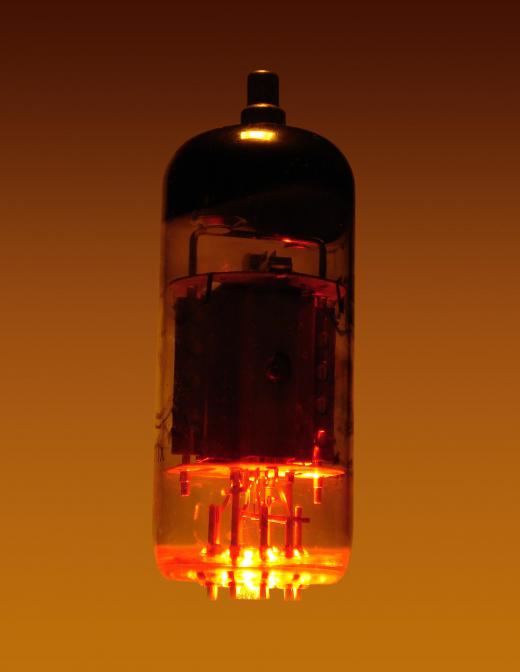A voltage tripler is a device used to increase the voltage coming from an electrical supply. Most voltage triplers convert alternating current (AC) into direct current (DC) as a part of the amplification process. In theory, the tripler will increase this input voltage by a factor of three. In practice, however, the device needs to supply power to itself and thus loses some of the voltage as it boosts the power input.
There are two main components of a voltage tripler. The first is a device called a half-wave rectifier that boosts the input voltage by half of the total input. The second is a voltage doubler. This device takes the total voltage of the input plus the voltage added by the half-wave rectifier and doubles it. The resultant voltage output is, in theory, three times the input.

The circuit that makes up a voltage tripler is comprised of capacitors and diodes. The capacitors are used to store power and the diodes to send it along the circuit. Voltage triplers are made up of a series of these components. As energy passes through the tripler, each of the capacitors is used to power the next capacitor down the line. Some of the voltage passing through the tripler is lost when each capacitor discharges its voltage in order to power the next capacitor, which is the reason that the final output of a voltage tripler is not three times the input but is significantly less.
Machines that require more voltage than an AC power supply can provide often include voltage amplifiers as a part of their design. The most common types of voltage amplifiers are those that double, triple, or quadruple the input. Each of these multipliers may be used in a variety of different machines, though the voltage tripler is the most common of the three.
The most common use for a voltage tripler is to supply extra power to an electronic device. Printers and copiers often have a tripler in them, as do high-powered insect zappers. In the 1970s and 1980s, televisions were made with voltage triplers because the cathode-ray tube required the extra voltage in order to function properly. These triplers frequently shorted out when exposed to moisture, however, and modern televisions do not make use of them. X-rays and certain scientific instrumentation may also use voltage triplers to supply these devices with extra voltage.
